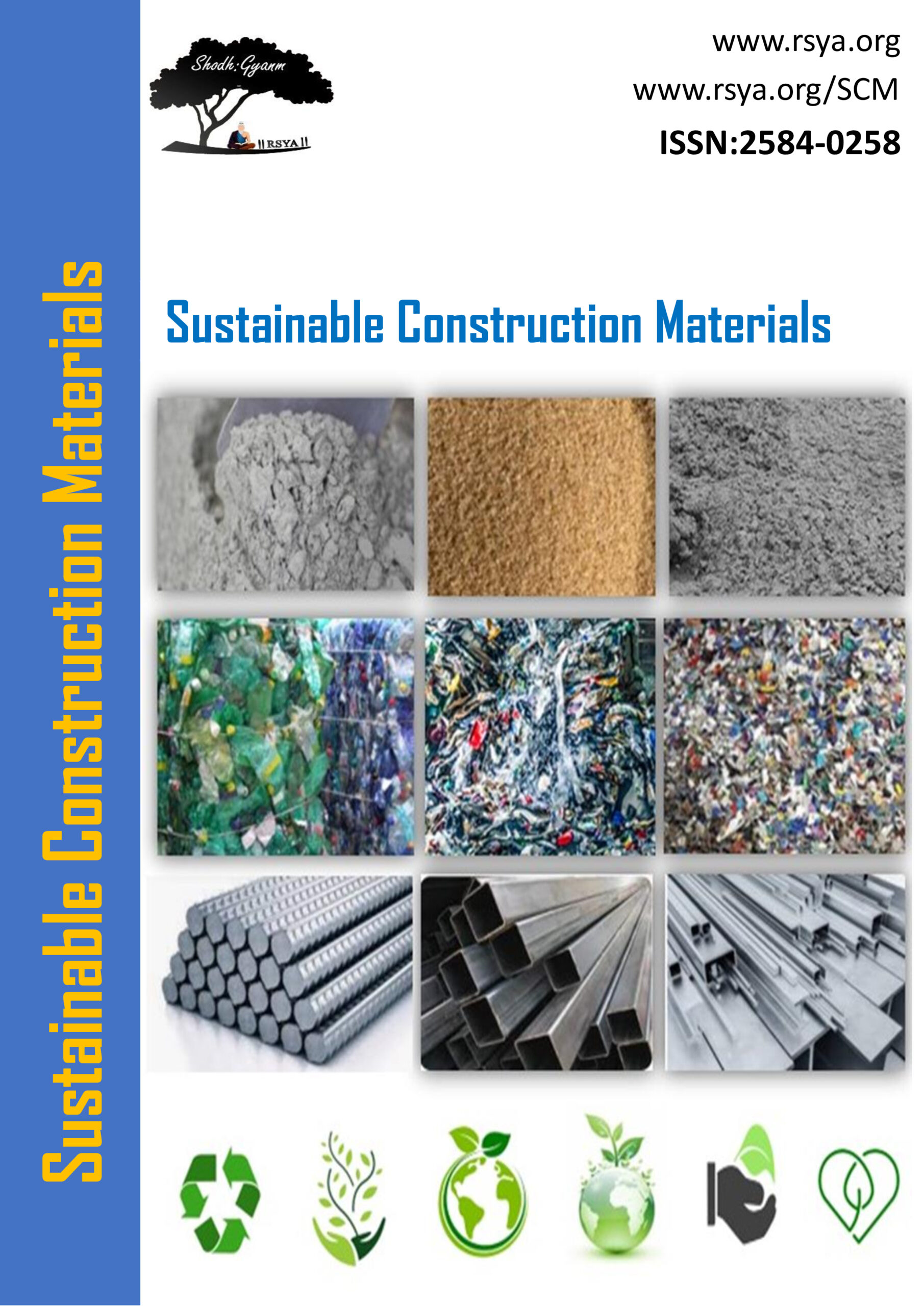
Civil Engineering, Construction Engineering & Management, Material Engineering
ISSN: 2584-0258 Open Access, Double Blind Review
Abstract and Indexing: Road, Google Scholar
Under Review: Scopus(Applied), UGC-Care(Applied), WoS (Applied)
Research Article
Nimesh Kant Yadav, Vipin Kumar, Amit Gautam, Himanshu Saxena*
Vol 3 Issue 2, Pages 07 - 13
Published on: 17 Jan 2024
Abstract-Hydrophobic additives have long been employed in cement and concrete to mitigate water infiltration. Hydrophobic agents are chemical substances that are incorporated into cement in order to increase the angle at which water comes into contact with the surface of the concrete. Fatty acids and their fractions have been used into cement as admixtures or phase-change agents in order to reduce water infiltration into concrete. Alkenes, oils, fats, and other greasy compounds are commonly classified as hydrophobic molecules. The hydrophobic component enhances the durability and aesthetic appeal of the concrete by reducing its water permeability. Water-repellent concrete has become increasingly common in design and construction since the mid-20th century. The high contact angle of non-polar, lipophilic, hydrophobic compounds reduces the occurrence of unpleasant responses. This article is a concise overview of the research conducted on the application of hydrophobic materials in cement mortar and concrete.
